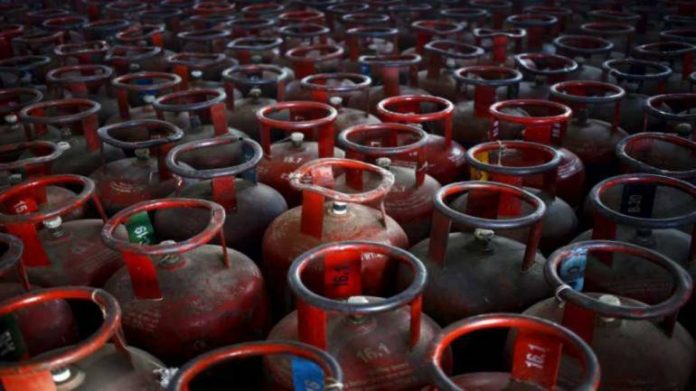Launched by PM Modi on May 1, 2016, in Ballia, Uttar Pradesh, Pradhan Mantri Ujjwala Yojana (PMUY) aims to safeguard the health of women and children by providing free cooking gas (LPG) connection to poor families.
Prime Minister Narendra Modi’s signature Ujjwala scheme for providing free cooking gas connection to poor on July 19 came in for praise from the International Energy Agency (IEA), which said it is a “major achievement” in improving the environment and health of women.
“Providing access to LPG across India by 2020 is a major achievement. It is not an energy issue, it is an economic issue, it is a social issue,” IEA Executive Director Fatih Birol said at a conference here.
Launched by Modi on May 1, 2016, in Ballia, Uttar Pradesh, Pradhan Mantri Ujjwala Yojana (PMUY) aims to safeguard the health of women and children by providing free cooking gas (LPG) connection to poor families.
So far, about 7.4 crore such connections have been given. The target is to give 8 crore connections by 2020.
Use of forest wood and agriculture waste for cooking in rural households is a major source of respiratory diseases, affecting women and children, he said adding LPG is helping to provide a clean environment.
“Ujjwala is not just an energy achievement but also social and economic achievement,” he said.
Since the BJP government came to power in 2014, the number of LPG connections in the country has doubled to more than 26 crore, covering about 90 per cent of the population. The target is to provide LPG connection, which is clean, convenient and energy-efficient source for cooking, to all households by 2020-21.
Last year, the World Health Organisation (WHO) had also hailed the scheme.
“While the latest data show ambient air pollution levels are still dangerously high in most parts of the world, they also show some positive progress. Countries are taking measures to tackle and reduce air pollution from particulate matter. For example, in just two years, India’s Pradhan Mantri Ujjwala Yojana scheme has provided some 37 million women living below the poverty line with free LPG connections to support them to switch to clean household energy use,” the WHO report had said.
Birol said, India last year achieved the goal of providing electricity connection to all villages in the country and would soon give access of the same to every household. “This ia huge achievement.”
The Indian government, he said, had set a target of generating 175 GW of electricity from renewable sources such as solar energy by 2022, but going by the current pace, the target would have to be revised upward.
Also, the increased focus on using bio-energy is very important, he said adding these steps together with increased domestic production of oil and gas would help the country cut its import dependence.
India is more than 83 percent dependent on imports for meeting its energy needs.
Birol went on to hail India’s role in lending a voice to the consumers in the global energy market.
“When oil prices go up, sky rocket, it becomes dangerous for the economic growth of many countries,” he said adding whenever prices rise, he dials Indian Oil Minister Dharmendra Pradhan for dialogue to ensure market stability.
India, the world’s third-biggest energy consumer, is moving to the central stage of global energy, he said.
“There is trust in the (Indian) economy, there is trust in the political stability (in the country),” he said.
India became an associate member of the IEA in 2017. The IEA is an autonomous organisation which works to ensure reliable, affordable and clean energy for its 30 member countries and beyond.
Birol said IEA represents 75 percent of global energy users and is working very closely with India.


